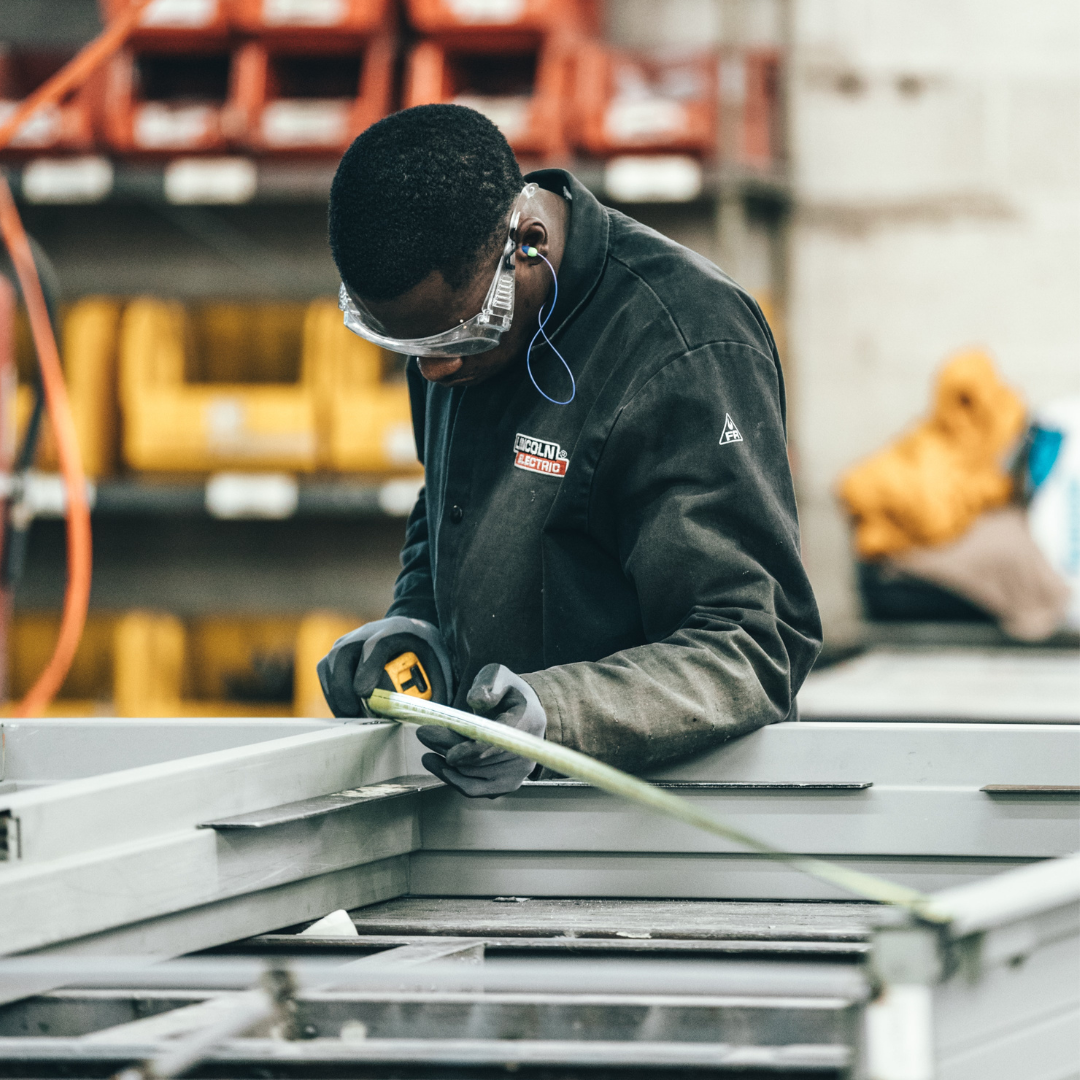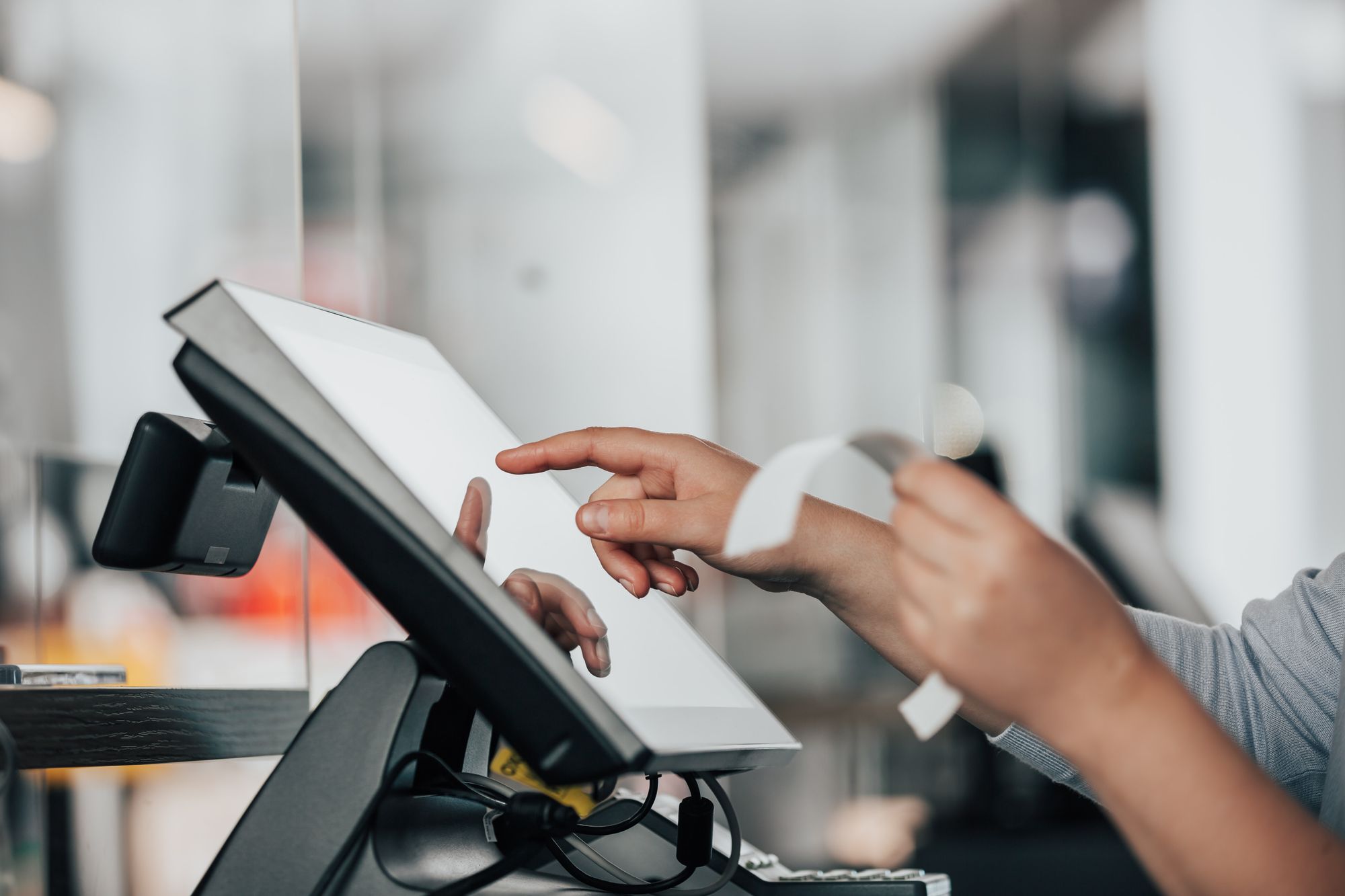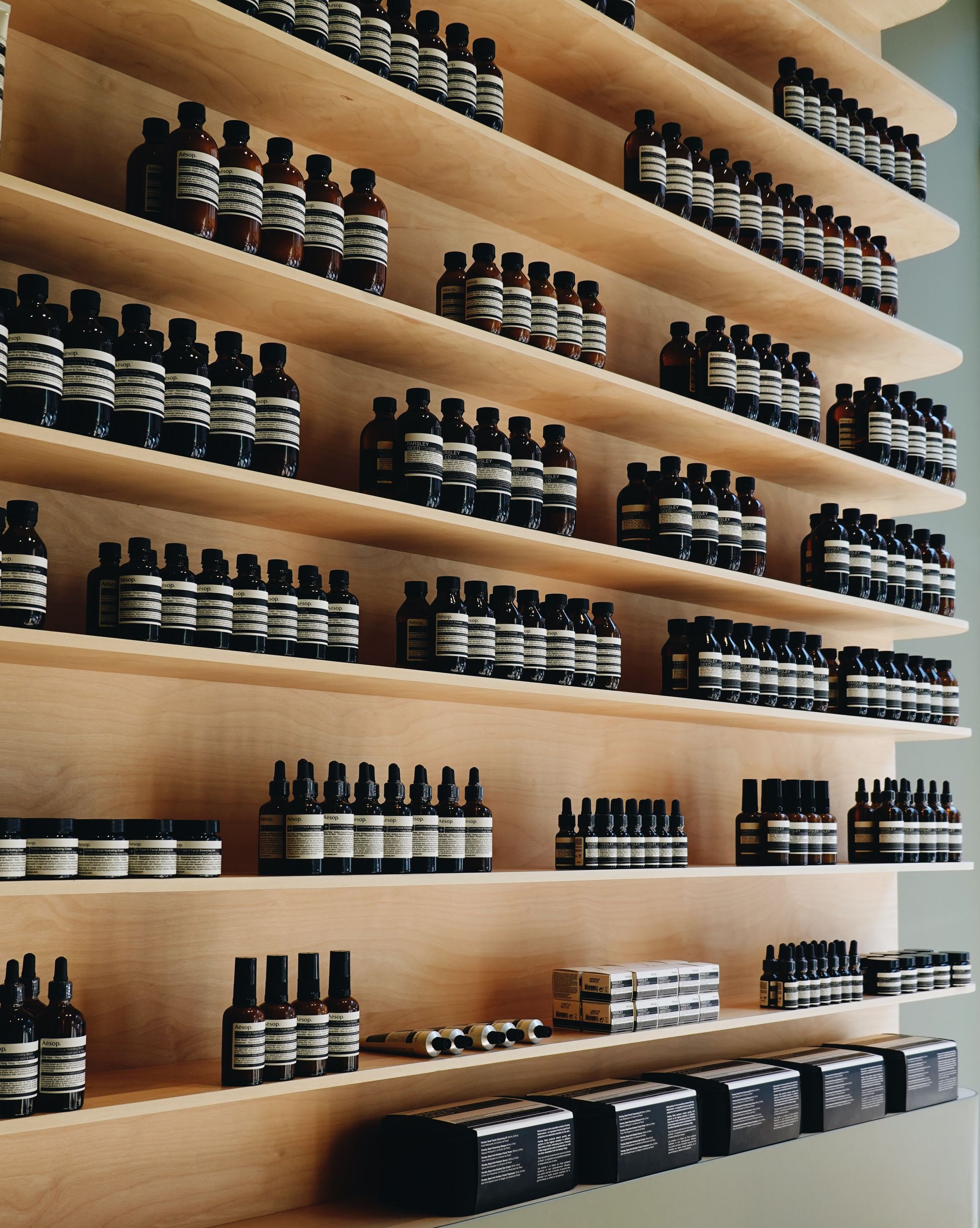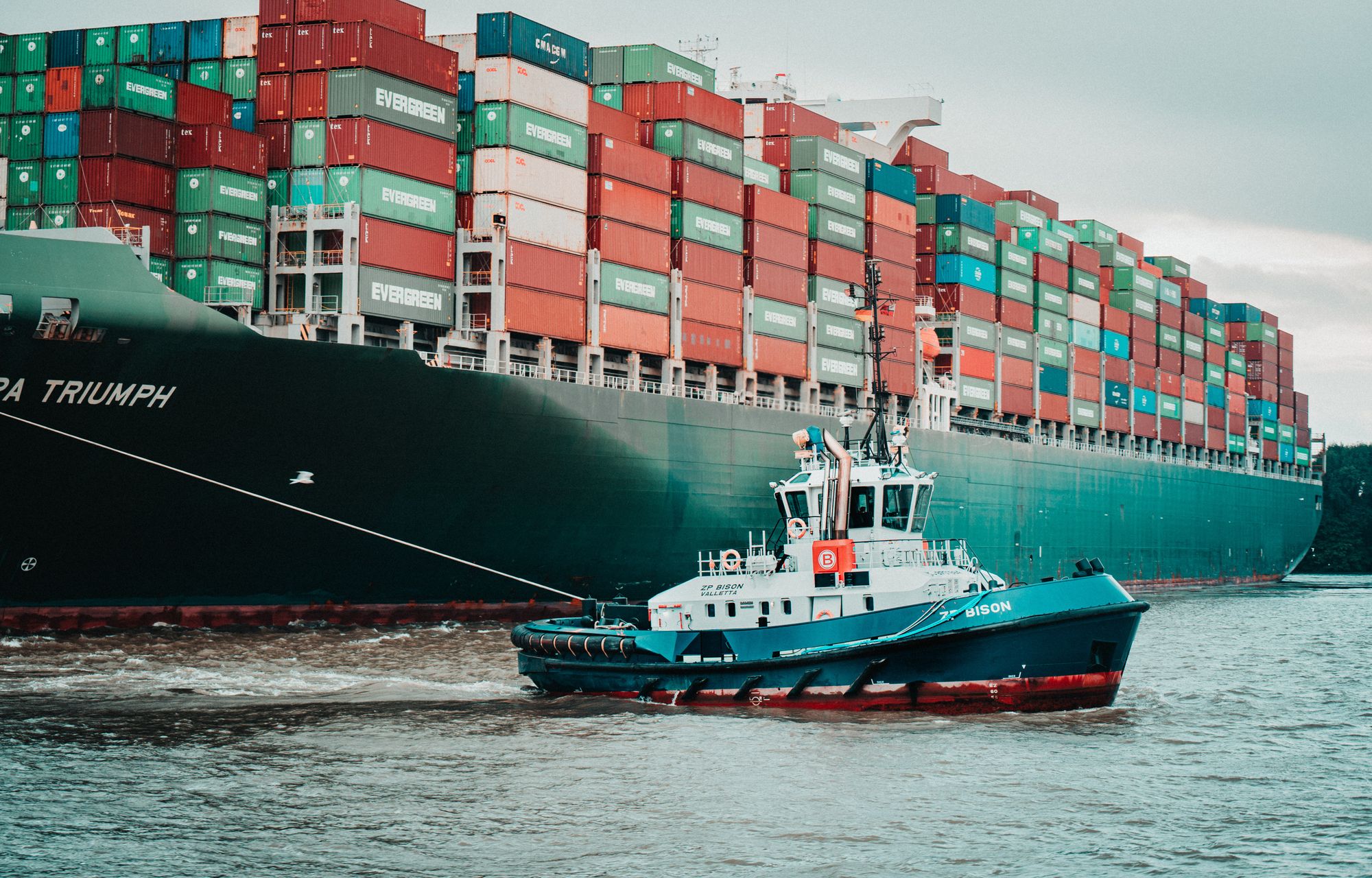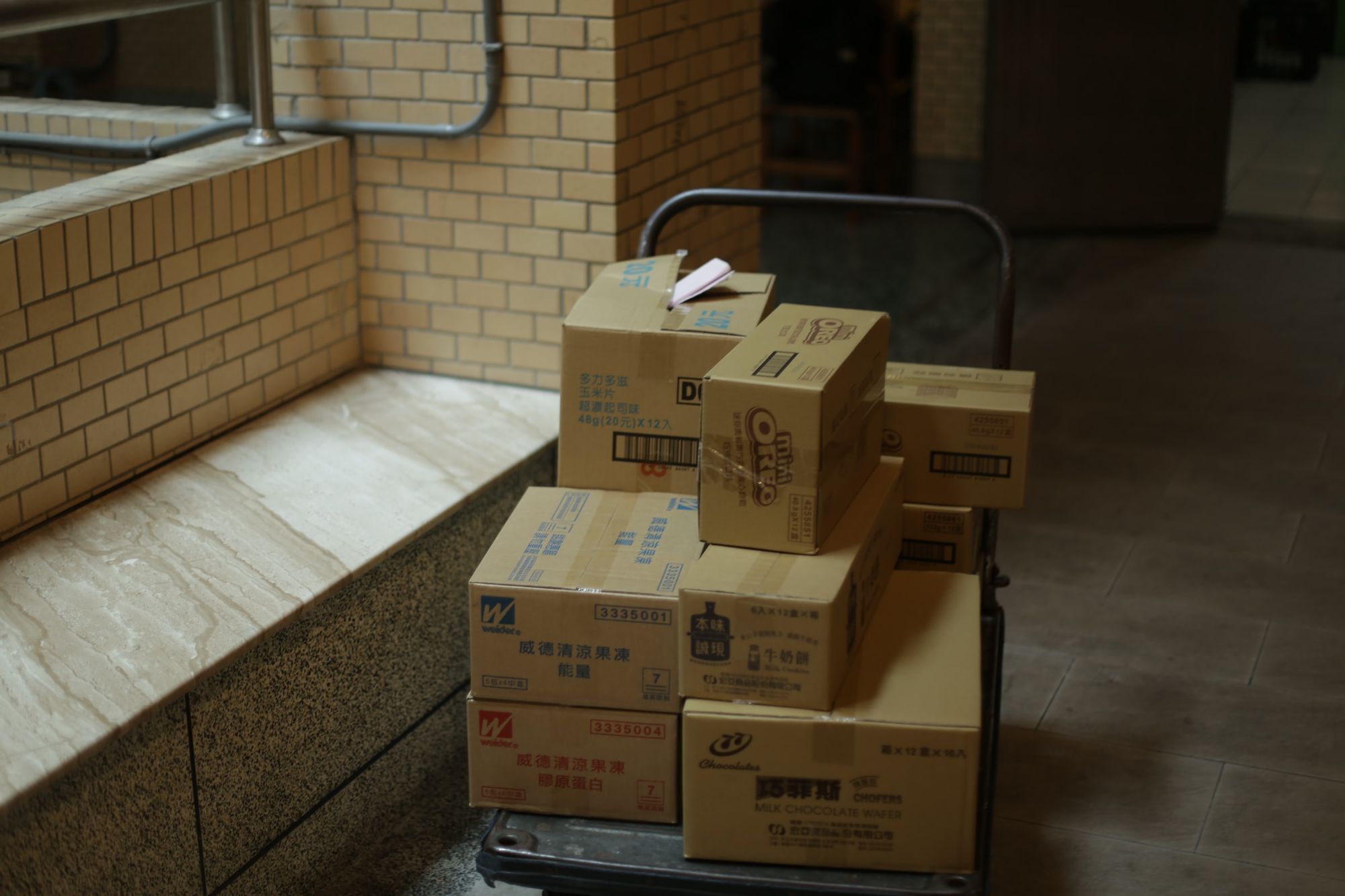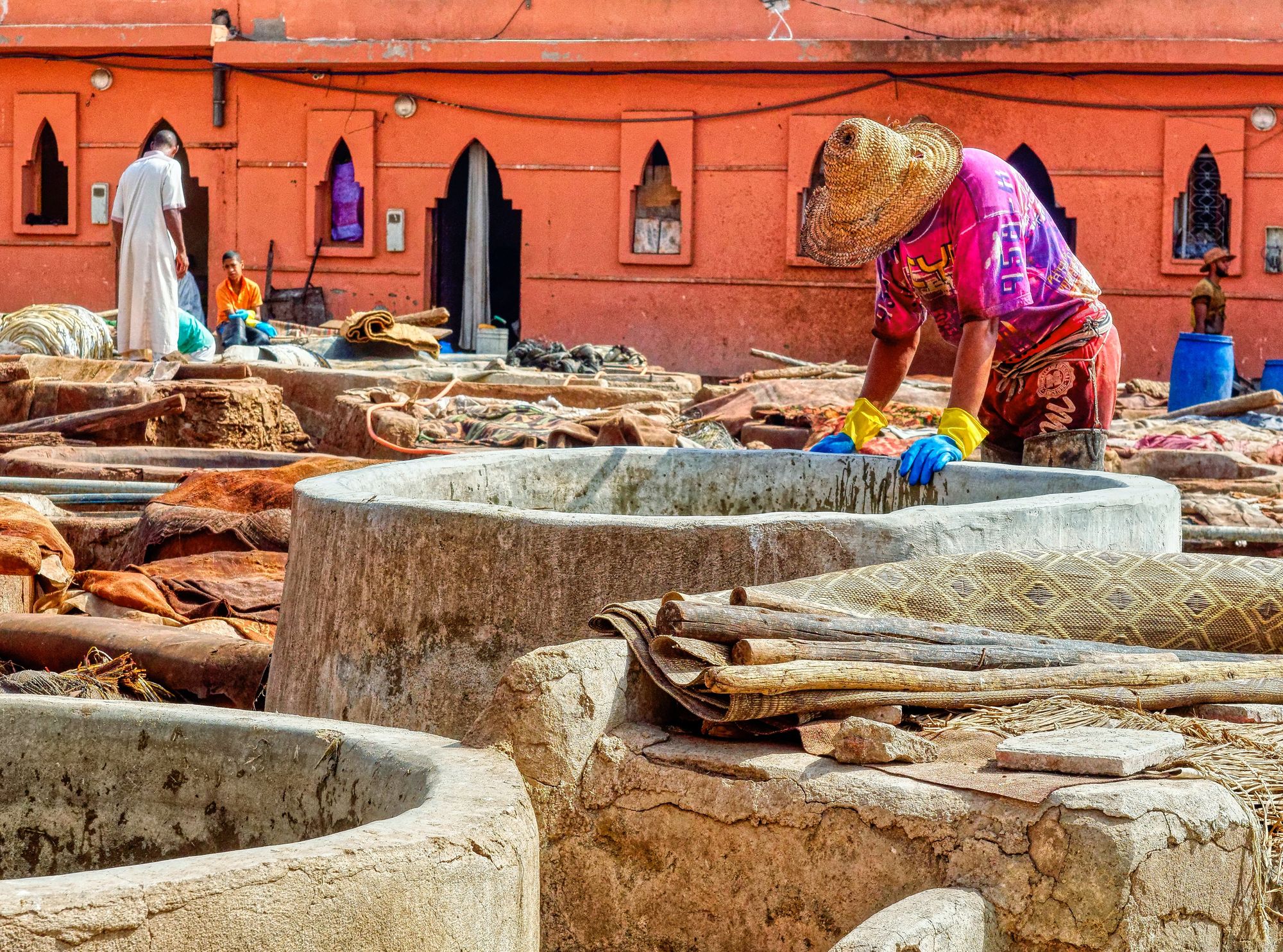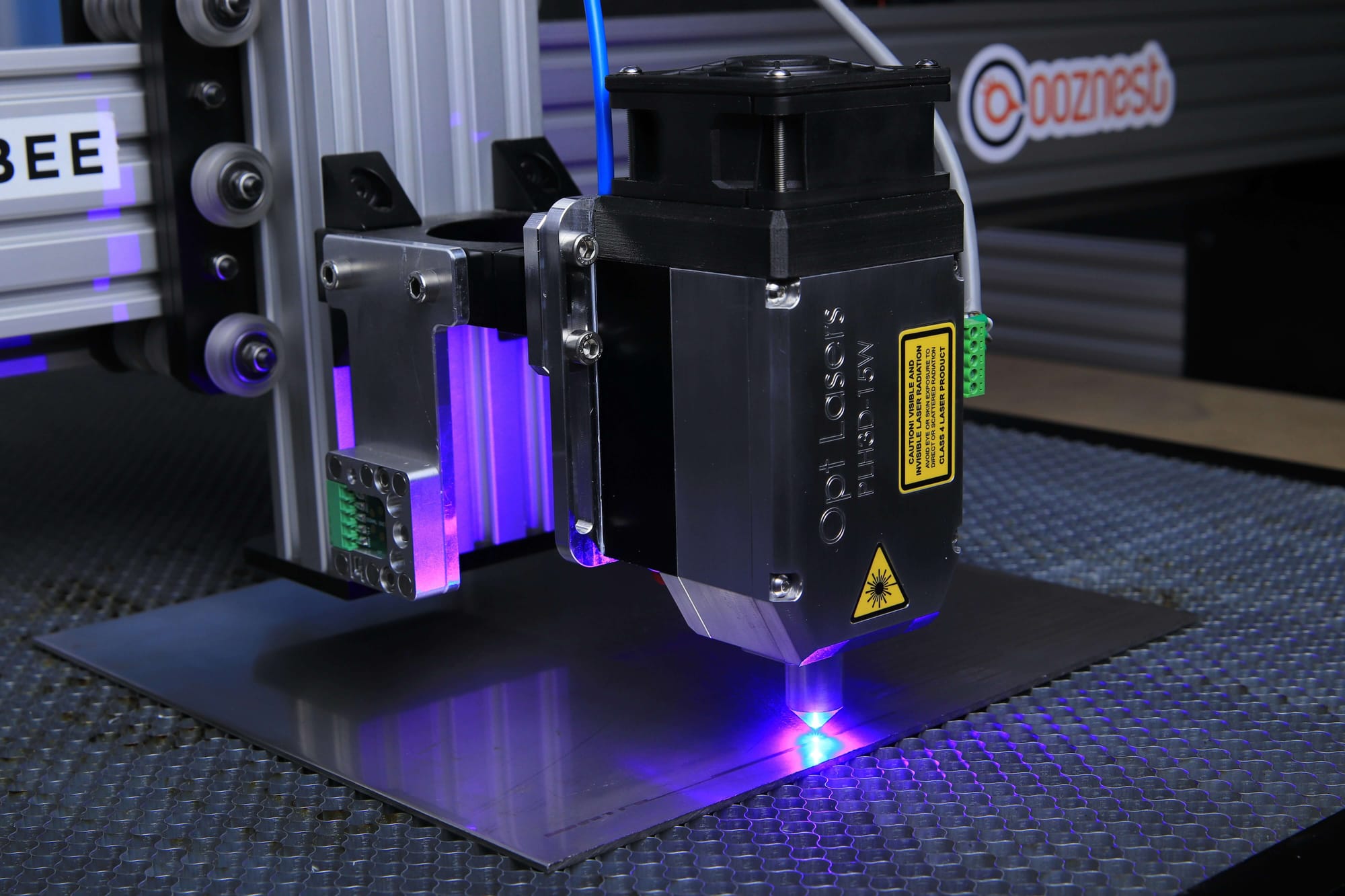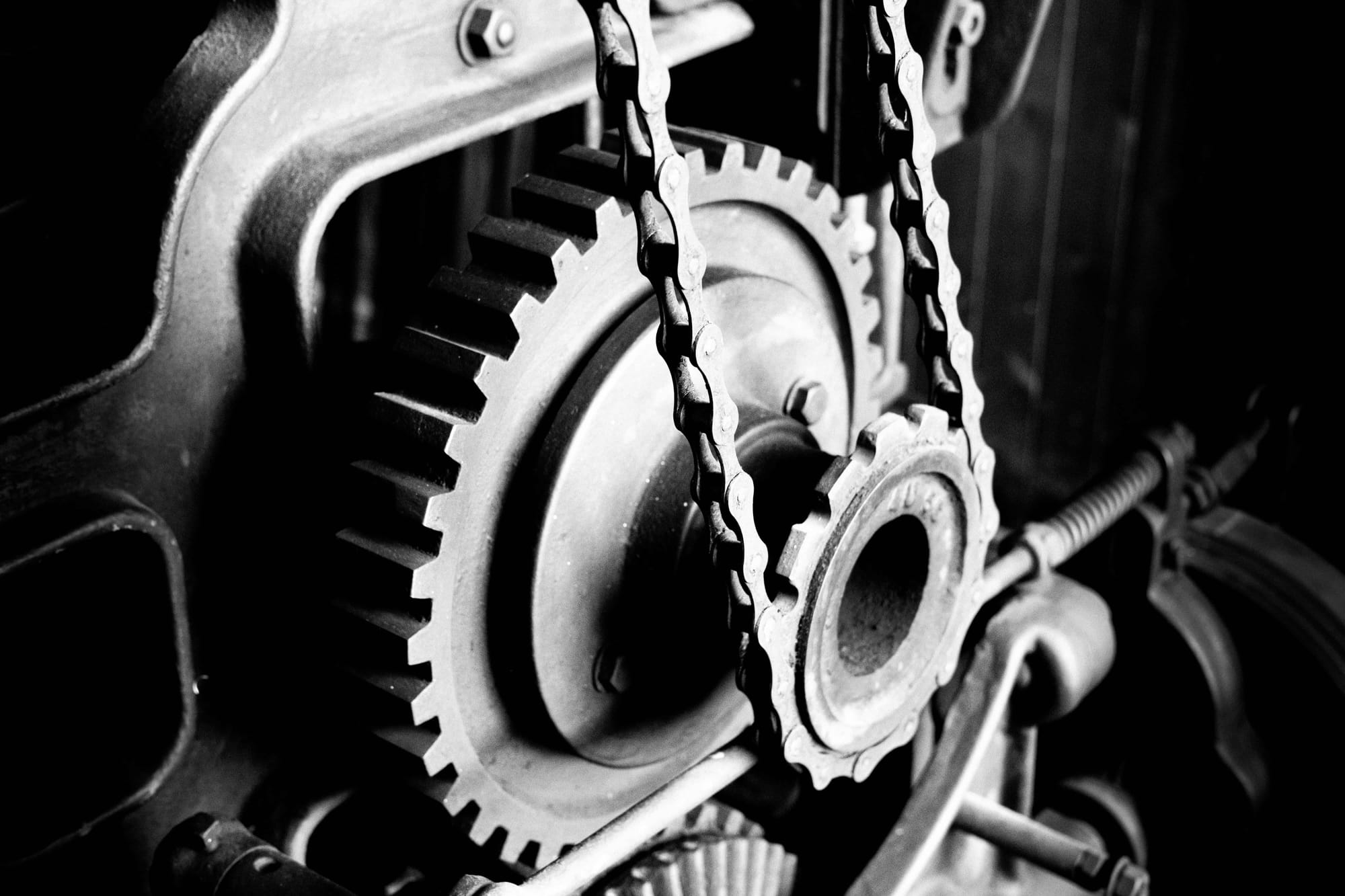The global leather goods market was valued at USD 407.92 billion in 2021 and is expected to expand at a compound annual growth rate (CAGR) of 6.9% from 2022 to 2030.
The leather market is mainly driven by the following:
- Rising consumer disposable income
- Improved living standards
- Changing fashion trends
- Growing domestic and international tourism
In addition to these factors that lead to a high number of buyer personas for the businesses in this industry, the rising demand for comfortable, trendy, and fancy leather apparel, accessories, and footwear, along with brand awareness, is expected to have a further positive impact on the businesses in this industry.
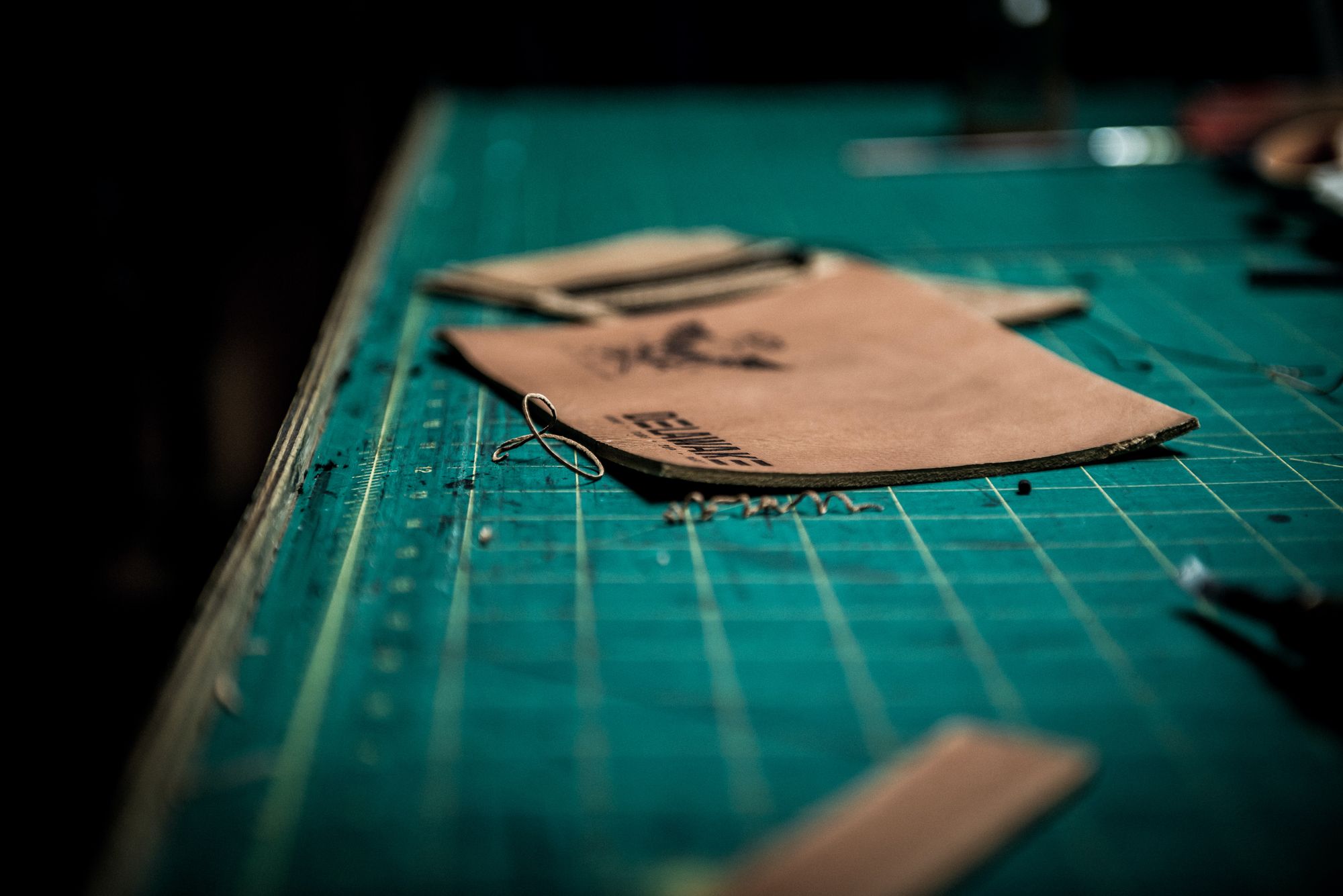
Simultaneously though, there is also a rising awareness regarding the detrimental effects of unethical practices in the production of leather goods.
This has boosted the demand for sustainable goods, with the top-most designers like Stella McCartney tapping into this opportunity. This is expected to drive the market for leather goods even further during the forecast period.
This highlights the opportunities that lie for businesses in the leather market. If carried out properly, these opportunities can lead to businesses earning high net revenues with a high net profit ratio.
Leather manufacturing thus plays an important role in the manufacturing industry, from producing leather to using leather to make your products.
However, with the expansion of this industry, the rising demand of consumers, and the change in consumer preferences, the competitiveness of this industry is only increasing as more players come into the market.
Thus, if you want your business to succeed in this industry, it is crucial that you have a complete understanding of its manufacturing process and how you can make it productive and profitable for you.
This article will help you in the same by covering the following topics:
- What is Leather Manufacturing?
- What is the Leather Manufacturing Process?
- Leather Manufacturing with Cruelty-Free Material
- Leather Goods Manufacturing
- Industries in which Leather Manufacturing has an Important Role
- Important Glossary Related to Leather Manufacturing
- FAQs about Leather Manufacturing
- MRP Software for Leather Manufacturing
- How can Deskera Help You with Leather Manufacturing?
- Key Takeaways
- Related Articles
What is Leather Manufacturing?
Leather manufacturing is the process of converting raw animal skin into leather through three sub-processes:
- Preparatory Stages - In this stage, the hide or the skin is prepared for tanning. Preparatory stages may include preservation, soaking, liming, unhairing, fleshing, splitting, reliming, deliming, bating, degreasing, freezing, bleaching, pickling, and depickling.
- Tanning - This is a process that stabilizes the protein of the raw hide or skin so that it does not putrefy, thereby making it suitable for a wide variety of end applications.
The principal difference between raw hides and tanned hides is that raw hides dry out to form a hard, inflexible material that, when re-wetted ( or wetted-back), putrefy.
In contrast, tanned hide dries to a flexible form that does not become putrid when wetted back. While there are several types of tanning methods and materials, the choice is made based on the end application for the leather.
- Crusting - This is a process that thins, re-tans, and lubricates the leather. It often includes an option of coloring. Chemicals that are added during crusting are to be fixed in place. Additionally, crusting culminates with a drying and softening operation. It may include the following operations:-
- Sammying
- Splitting
- Shaving
- Rechroming
- Neutralization
- Retanning
- Dyeing
- Fatliquoring
- Filling
- Stuffing
- Stripping
- Whitening
- Fixating
- Setting
- Drying
- Conditioning
- Milling
- Staking
- Buffing
Hence, these are those fundamental sub-processes that are undergone by all true leather. A further sub-process known as the surface coating can also be added to the leather process sequence. However, it is not received by all the leathers. This process is called as finishing by the tanners, and it can include:
- Oiling
- Brushing
- Padding
- Impregnation
- Buffing
- Spraying
- Roller coating
- Curtain coating
- Polishing
- Plating
- Embossing
- Ironing, ironing - combing (for hair-on)
- Glazing
- Tumbling
However, what you must keep in mind is that there are several types of leather, and each of them might have some changes in their sub-processes that you will need to especially take care of.
Thus, the operations that the hide undergoes, which could be anywhere from 35 to 55 different operations, all depend on the type of leather that you are producing.
Leather manufacturing is a by-product of the meat and dairy industries, and leather can come from any animal. However, the most popular type of skin that is used in the leather manufacturing industry is bovine (cow, ox, calf, and buffalo skin). This accounts for 64% of leather.
Also you can also trade your leather internationally, and while doing so, you can do so in different conditions like:
- Fresh
- Wet salted
- Pickled
- Sun-dried
- Crust
- Wet blue
- Finished
In the old days, when cavemen used to hunt, the one golden rule they used to follow was to use all the parts of the animals and not let anything go to waste. Then, innovation was all about survival, and leather played a huge role in it.
Today, several do find animal-based leather to be redundant as there are alternative sources to use when making leather, which has led leather manufacturing to be a minefield of ethics as consumers and manufacturers are now opting for cruelty-free leather.
However, it continues to be an ever-growing industry, with it being one of the most reliable and classy materials that are preferred by several.
What is the Leather Manufacturing Process?
The leather manufacturing process is long and complex. It is because of this that manufacturers who face supply and time constraints use a batch manufacturing process to fulfill their manufacturing orders.
To make leather, the steps that you will need to follow as a manufacturer are:
Preservation
After slaughtering the animal, the skin is preserved to survive the journey to the tannery by salting, drying, or freezing.
Beamhouse Operations
At this stage, you will have to begin preparing the hides for tanning. Thus, at this stage, the skin goes through the following:
- Soaking
- Liming
- Fleshing
- Splitting
- Pickling
Once the hide is ready, it can go through the leather manufacturing process of tanning.
Tanning
At this step of the leather manufacturing process, the tannins (chemicals) are absorbed by the skins to turn them into leather.
Neutralizing
In this step, you will have to begin neutralizing the acids left behind from the tanning process.
Withering
Here, any residual water is squeezed out from the wet skins through metal rolls. Finally, the material passes through its final steps.
Sorting
In this step, the leather goes through quality checks, and any necessary fixes or alterations that might be required take place in this stage. Thus, some of the steps that this will consist of are:
- Shaving
- Dyeing
- Drying
- Softening
- Finish
After all these steps are undertaken, the final quality check takes place.
Shipping
This is the last step in the leather manufacturing process, wherein once the leather is finished to give its desired color and texture and passes the quality check, it is packed and shipped to its destination.
Leather Manufacturing with Cruelty-Free Material
While the above-discussed process seems mostly relevant only for the animal by-product of leather making, this section will discuss faux leather or leather manufacturing from cruelty-free material.
As a leather manufacturer, this section of the article is equally important as the previous ones because consumers these days might even consider leather made, as discussed in the earlier sections, a barbaric affair.
Luckily though, there have been innovations that enable leather to be manufactured from other sources of material. Thus, if you are looking for a cruelty-free alternative, then artificial leather like:
- Synthetic leather
- Faux leather
- Vegan leather
- Pleather
will become your go-to options.
While the earliest known faux leather was Presstoff used during WW2, which was made by layering and treating paper-pulp, today, the most popular material used for making faux leather is plastic.
However, plastic-sourced leather, i.e., PU leather and PVC leather, which is an issue because it is a lot less degradable than actual leather. But there is no reason for you to fret because there are several other animal-free sources for leather manufacturing that are also eco-friendly.
Some of these are:
- Paper
- Apple fibers
- Waxed cotton
- Pineapple
- Tree bark and cork
- Teak leaves
- Mushroom
However, chances are that you might be conflicted about what type of leather you should be using.
You should make a choice here on the basis of the type of leather that you need for your products. For instance, do you need something strong and durable? Or are you using leather product manufacturing only for its aesthetics?
Leather Goods Manufacturing
If you want to have a business where you manufacture leather goods, and you want to increase your product range, then some of the ways in which you can use leather as a manufacturer are:
- Upholstery
- Bags
- Gloves
- Garments
- Covers
- Shoes
- Holsters and sheaths
- Saddles
- Decorative items
- Fashion accessories
And so on. In fact, most of the products that you can think of can have leather incorporated into them somehow.
What you must remember is that depending on the leather goods you are planning to make, you will need to decide the type of leather you could use. For example, if you are making shoes, then you will need tough, resilient leather. Here using real leather will extend your product’s life cycle.
However, if you are designing decorative items for keychains or fashion accessories, then faux leather will be a fine alternative for you. Irrespective of what you do, you must make sure that you are reducing your carbon footprint.
This is very important because, in general, leather manufacturing is not good for the environment because of the following:
- Use of polluting chemicals during the tanning process
- Air pollution generated from making the leather (hydrogen sulfide from dehairing, and ammonia from deliming, and the solvent vapors, etc.)
Considering this, as a manufacturer, it is very important for you to find a system or software that will assist you in tracking your raw materials, monitoring your operations, and handling your production scheduling, including resource capacity planning and shop floor scheduling.
Industries in which Leather Manufacturing has an Important Role
Leather is a versatile material that can be put to use in a wide range of products. On top of it, considering its durability and classiness, this is one of the most preferred materials by manufacturers and customers alike.
This is further helped by the fact that leather can now be sourced in other ways except from just animal hides.
Some of the industries in which leather manufacturing has an important role are:
- Automotive: Leather manufacturing is often used to produce automotive interiors, such as car seats and upholstery.
- Furniture: Leather is often used to decorate furniture, such as couches, chairs, and ottomans.
- Clothing: Leather is often used to produce items of clothing, such as jackets, trousers, and skirts.
- Footwear: Leather is an important component of many types of shoes, from formal dress shoes to casual sneakers.
- Accessories: Leather is often used to create a variety of accessories, such as wallets, belts, and purses.
- Sporting Goods: Leather is used to produce sports equipment, such as baseball gloves, footballs, and golf clubs.
- Musical Instruments: Leather is often used to manufacture musical instruments, such as drums, guitars, and saxophones.
- Bags: Leather is often used to produce bags, including briefcases, backpacks, and messenger bags.
- Bookbinding: Leather is used to bind books, creating a durable and attractive cover.
- Horse Tack: Leather is an important component of horse tack, including saddles and bridles.
- Upholstery: Leather is often used in upholstery, such as chairs and couches.
- Luxury Goods: Leather is often used in the production of luxury items, such as luxury watches and jewelry.
- Watches: Leather straps are often used to secure watches to the wrist.
- Handbags: Leather is used to produce handbags of various styles.
- Toys: Leather is used to create stuffed animals and other toys.
Important Glossary Related to Leather Manufacturing
- Tanning: The process of treating animal hides to make them durable and suitable for use in the creation of leather goods. The hides are treated with a variety of tanning agents to preserve them and to give them their desired color and texture.
- Soaking: This is the process of submerging hides in clean water to rehydrate and soften them.
- Liming: In this process, the hides are treated with a caustic soda solution to remove the hair and other impurities.
- De-liming: The process in which the hides are washed to neutralize the caustic soda and to remove any remaining impurities.
- Bating: The process in which the hides are treated with enzymes to further soften them and to reduce their pH.
- Fleshing: It is a process in which the excess fat and flesh are removed from the hides to create a more uniform thickness.
- Pickling: It is a process in which the hides are treated with an acid bath to preserve them and to prepare them for tanning.
- Sammying: It is a process in which the hides are stretched and worked to ensure the tanning process is even and consistent.
- Dyeing: The process in which the hides are dyed to the desired color and finish.
- Embossing: The process of pressing a design in the leather to create a pattern or a texture.
- Drying: This is a process where the hides are dried to their ideal moisture content.
- Fatliquoring: In this process, the hides are treated with oils and waxes to make them more pliable.
- Staking: This is a process in which the hides are stretched on frames to ensure they keep their shape.
- Sorting and Grading: The hides are sorted and graded according to quality.
- Splitting: This is a process in which the hides are cut into different thicknesses depending on their intended use.
- Shaving: It is a process in which the hides are shaved to a uniform thickness.
- Skiving: The process of removing excess leather from the edges of a product in order to create a smooth surface.
- Buffing: The process in which the hides are buffed to create a smooth, glossy finish.
- Stitching: The process of attaching one piece of leather to another using thread or wire.
- Grain: The surface pattern of leather, which is determined by the animal's hide.
- Full Grain: The highest quality leather which has not been split or sanded down.
- Top Grain: A quality of leather that has been sanded down or split in order to remove any imperfections in the grain.
- Finishing: The process in which the hides are treated with a variety of finishes to give them their desired color and texture.
- Inspecting: The hides are inspected for quality assurance.
FAQs about Leather Manufacturing
- What is leather manufacturing?
Leather manufacturing is the process of transforming raw animal hides into usable leather products such as clothing, furniture, and accessories. It involves a series of steps, including tanning, dyeing, cutting, and stitching.
- What are the different types of leather?
There are several types of leather, including full-grain leather, top-grain leather, corrected-grain leather, split leather, and suede. Each type is made from different parts of the hide and offers different levels of durability, texture, and color.
- What is the tanning process?
Tanning is the process of preserving animal hides by treating them with chemicals. This ensures that the leather is resistant to water and bacteria, making it supple and durable.
- What is the difference between full-grain and top-grain leather?
Full-grain leather is made from the top layer of the hide, while top-grain leather is made from the second layer. Full-grain leather is often more expensive, but it is also more durable and natural-looking. Top-grain leather is usually more affordable and is more resistant to stains.
- How is leather dyed?
Leather is dyed using either aniline or pigment dyes. Aniline dyes are applied directly to the leather, while pigment dyes are mixed with a carrier solution and then applied to the leather. The dye is then sealed into the leather with a sealant.
- How is leather cut?
Leather is cut using either a die-cutting machine or a hand-held knife. Die-cutting machines are more accurate and faster than hand-held knives, but they can also be more expensive.
- What is the difference between leather and vinyl?
Leather is a natural material made from animal hides, while vinyl is a synthetic material made from plastic. Leather is more expensive and typically more durable than vinyl.
- What is the difference between suede and nubuck leather?
Suede is a type of leather that has been brushed to create a soft, velvet-like texture. Nubuck leather is similar to suede, but it is buffed instead of brushed. Both types of leather are more delicate than other types of leather.
- How should leather products be cared for?
Leather products should be regularly cleaned and conditioned to maintain their softness and durability. If a leather product gets wet, it should be allowed to dry naturally.
- What is the best way to store leather products?
Leather products should be stored in a dry and cool place away from direct sunlight. Leather should also be stored away from other materials that could stain or damage it.
MRP Software for Leather Manufacturing
Irrespective of whether you are a leather manufacturer with a factory producing the raw material, or a team of designers using leather for your finished goods, or a business that makes the raw material leather as well as the products from it, sometimes even resorting to outsourcing manufacturing for some percentages, having a cloud-based manufacturing system will become the one-in-all solution that will help you get more control over your business.
Some of the ways in which such software will assist your business operations are:
Smart Auto-Booking Engine
The majority of the MRP system will come with a smart auto-booking engine that will automatically distribute your raw materials to manufacturing orders and finished goods to any open sale orders.
It is able to do so because it integrates and streamlines information from all departments of your business, thereby increasing your productivity and profitability. This will help you in improving your operational metrics as well as business metrics.
Raw Material and Finished Goods Inventory Management
For your business to succeed, reduce its manufacturing costs, and maximize its net profits, having efficient inventory management is vital. As a leather manufacturer, raw material inventory management is essential for you, and an MRP system will again be of help to you here.
An MRP system comes equipped with features that will let you track your raw material levels in real-time, thereby also helping you manage your safety stock levels while having accurate demand planning.
This is also because it studies trends and patterns based on past and present situations, deriving insights from them that will help you make better decisions.
In fact, these systems also have an alert system for when your inventory is running too low and it needs to be restocked. It thus helps in maintaining an accurate reorder point in your inventory, which will ensure that you do not incur additional business expenses in maintaining extra inventory, nor do you miss out on business opportunities due to lack of inventory.
Lastly, this system will also help you identify where and why you are losing your inventory, thus giving you a chance to implement corrective actions for the same. This will further improve your cash flow as well as the health of your financial statements.
All this transparency will also help you adopt sustainable practices wherever possible, which will improve your brand image while encouraging returning customers with strong customer loyalty.
Priority-Based Production Planning
One of the other functionalities of an MRP system is that it will allow you to effortlessly reorganize your production schedule.
While MRP systems automatically schedule production in the order manufacturing orders are created, should you receive a VIP order, or you are treating hide differently, making a different workflow more efficient, then you should simply reorder your master production schedule with the help of the MRP system.
This system will even redistribute your allocated materials such that you are able to fulfill your VIP order, as well as meet other customers’ demands in a timely manner as well. This will thus improve customer retention while maximizing your revenue.
How can Deskera Help You with Leather Manufacturing?
As a manufacturer or retailer, it is crucial that you stay on top of your manufacturing processes and resource management.
You must manage production cycles, resource allocations, safety stock, reorder points, and much more to achieve this.
Deskera MRP is the one tool that lets you do all of the above. With Deskera, you can:
- Track raw materials and finished goods inventory
- Manage production plans and routings
- Maintain bill of materials
- Optimize resource allocations
- Generate detailed reports
- Create custom dashboards
And a lot more.
It is also possible to export information and data on Deskera MRP from other systems. Additionally, Deskera MRP will give you analytics and insights to help you make decisions.
So go ahead and book a demo for Deskera MRP today!
Key Takeaways
Leather manufacturing is the process of transforming raw animal hides into usable leather products such as clothing, furniture, and accessories. It involves a series of sub-processes, including preparatory stages, tanning, and crusting. Sometimes, it also involves surface coating as a subprocess.
The steps of leather manufacturing are:
- Leather manufacturing is the process of tanning and treating animal hide to make it into leather.
- The most commonly used animal hides are cows, sheep, and goats.
- The hides are soaked in a mixture of water and chemicals to remove oils and fats.
- The hides are then treated with tannins, which preserve the hide and make it suitable for use in clothing, furniture, and accessories.
- The hides are then dried, conditioned, and buffed to create a smooth surface.
- Hides are then dyed and waxed to create the desired color and finish.
- The leather is then cut and stitched into the desired product.
- Hides may also be treated with aniline dyes or pigments to create a more vibrant color.
- Leather can be treated with different finishes, such as aniline oil and wax, to make the leather more resistant to water and other damage.
- Leather manufacturing may also involve embossing, stamping, and carving to create custom designs.
- The leather is then finished with a protective coat to prevent wear and tear.
- Leather manufacturing may also involve the use of specialty machines to create complex patterns or embossed designs.
- The leather is then inspected for quality control and shipped to customers.
Leather manufacturing is an important part of the fashion and furniture industry, as well as many other industries. However, it is a highly regulated industry with strict guidelines for safety and quality.
Additionally, considering the complexities as well as competitiveness in this industry, in order to be efficient, profitable, productive, and successful, you should implement an MRP system like Deskera MRP, which will automate your core business processes. This will give you the time to focus on other important areas while also making those processes more efficient.
Related Articles
